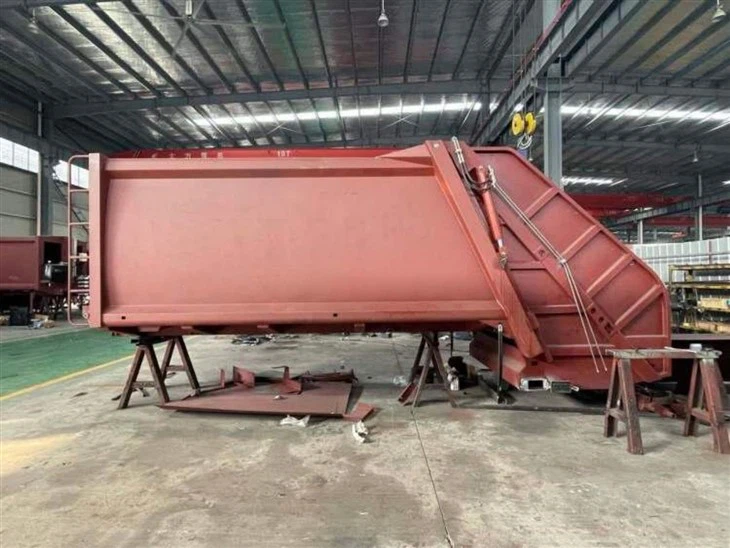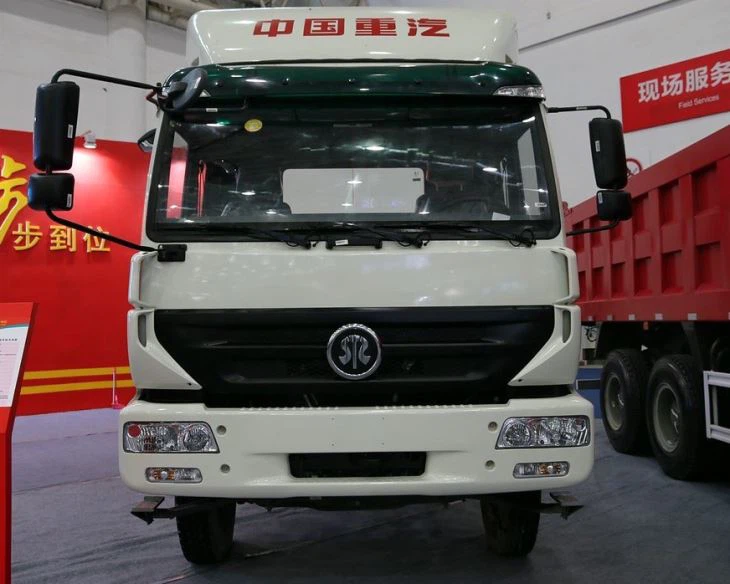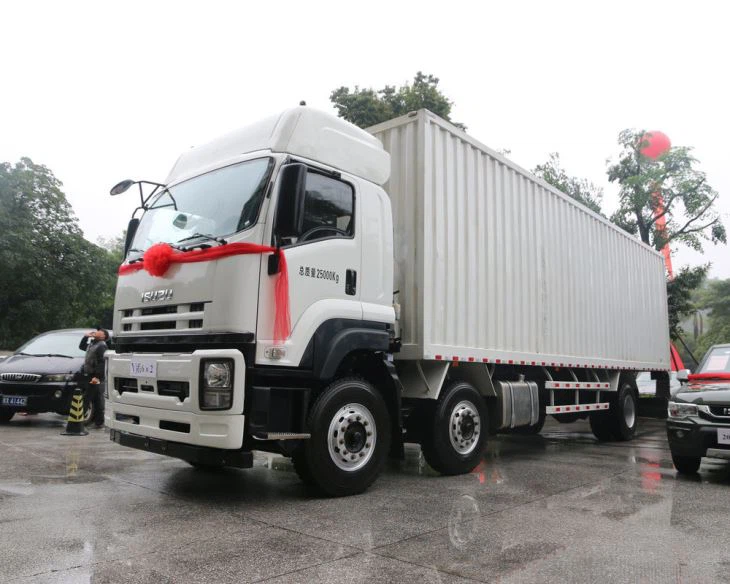Isuzu FTR Hooklift: The Ultimate Guide for Heavy-Duty Operations

The Isuzu FTR Hooklift is a robust and versatile vehicle designed to meet the demands of various heavy-duty applications. Whether in construction, waste management, or logistics, the FTR Hooklift stands out for its durability, efficiency, and flexibility. This comprehensive article will delve into the specifics of the Isuzu FTR Hooklift, exploring its features, benefits, and optimal usage scenarios. We’ll also cover practical tips, comparisons, and answer common questions to provide a well-rounded understanding of this powerful tool.
What is the Isuzu FTR Hooklift?
The Isuzu FTR Hooklift is a medium-duty truck chassis equipped with a hooklift system that allows for the easy loading, unloading, and transportation of various types of containers. Offering a balance between payload capacity and operational efficiency, the FTR is ideal for businesses that require flexible hauling solutions.
Key Specifications of the Isuzu FTR
| Specification | Details |
|---|---|
| Engine Type | Isuzu 5.2L turbocharged diesel |
| Horsepower | 215 hp @ 2,600 rpm |
| Torque | 520 lb-ft @ 1600-2000 rpm |
| GVWR | 25,950 lbs |
| Wheelbase | 152 inches |
Why Choose the Isuzu FTR Hooklift?
The choice of the Isuzu FTR Hooklift brings with it numerous advantages tailored for rigorous working environments. Let’s break down the compelling reasons companies choose this model.
1. Versatile Applications

The flexibility of the hooklift system allows for various applications, including:
- Waste management: Efficiently transporting dumpsters.
- Construction: Moving materials and equipment.
- Landscaping: Hauling soil, mulch, and debris.
2. Enhanced Durability
Isuzu vehicles are known for their durability. The FTR Hooklift’s chassis is built with high-strength materials that withstand rigorous use over time, ensuring reduced maintenance costs and extended service life.
3. Fuel Efficiency
Thanks to the Isuzu’s advanced engine technology, the FTR Hooklift offers superior fuel efficiency, making it an economical choice for businesses focused on minimizing operational costs.
Understanding the Hooklift Mechanism
What is a Hooklift?
A hooklift is a versatile lifting mechanism that allows the truck to pick up and drop off containers, making it easy to switch between different types based on operational needs.
How Does the Hooklift Work?
The hooklift system involves a strong arm that works by connecting to a receptacle on the container. The driver operates the system through a remote control, allowing for precise movements when loading or unloading.
Comparing the Isuzu FTR to Other Models
Isuzu FTR vs. Other Hooklift Models
Comparing the Isuzu FTR Hooklift to competitors provides insights into its strengths:
| Feature | Isuzu FTR Hooklift | Competitor A | Competitor B |
|---|---|---|---|
| Engine Power | 215 hp | 200 hp | 220 hp |
| Payload Capacity | 16,000 lbs | 14,000 lbs | 15,500 lbs |
| Fuel Efficiency | 20 mpg | 18 mpg | 17 mpg |
Real-World Applications
Companies across various industries utilize the Isuzu FTR Hooklift for specific tasks:
Waste Management
In waste management, companies rely on the FTR to switch quickly between waste containers, drastically improving efficiency and minimizing downtime.
Landscaping
Landscapers depend on the FTR for hauling heavy materials like soil and stone, allowing them to easily transport tools and debris with a single vehicle.

Practical Tips for Operating the Isuzu FTR Hooklift
1. Conduct Regular Maintenance
To ensure the longevity and reliability of the Isuzu FTR Hooklift, regular maintenance checks are essential. This includes checking fluid levels, brakes, and tire conditions.
2. Train Operators Effectively
Proper training for operators is crucial for safe and efficient hooklift operation. Make sure that all operators understand the system and safety procedures.
3. Use the Right Containers
Select containers compatible with the hooklift system to guarantee optimal performance. Ensure the load is balanced to prevent accidents during transport.
Cost Analysis: Isuzu FTR Hooklift Ownership
Initial Investment
The initial cost of purchasing an Isuzu FTR Hooklift is generally higher than that of standard trucks. However, considering its versatility, this often presents a favorable ROI.
Operating Costs
Factors influencing operating costs include fuel, insurance, and maintenance. Due to its fuel efficiency, the Isuzu FTR tends to have lower ongoing fuel expenses compared to competitors.
FAQ Section
1. What types of containers can be used with the Isuzu FTR Hooklift?
The Isuzu FTR Hooklift is compatible with various containers, including dumpsters, flatbeds, and specialized enclosures designed for different material types.
2. How much weight can the Isuzu FTR Hooklift carry?
The Isuzu FTR Hooklift can carry a payload of up to 16,000 lbs, depending on the configuration and type of container used.
3. Is the Isuzu FTR suitable for off-road use?
While primarily designed for on-road applications, the Isuzu FTR can handle occasional off-road scenarios as long as the terrain is not overly rugged.
4. What kind of warranty does Isuzu offer for the FTR Hooklift?
Isuzu typically offers a limited warranty that covers various components of the truck. It’s advisable to check with local dealers for specific warranty details.

5. Is financing available for purchasing the Isuzu FTR?
Yes, many dealerships provide financing options, including loans and leasing, to help businesses acquire the FTR Hooklift without upfront full payment.
6. Can the Isuzu FTR Hooklift be customized?
Yes, the Isuzu FTR Hooklift can be customized to fit specific needs, from the addition of toolboxes to specialized cargo management systems, depending on the supplier’s offerings.
